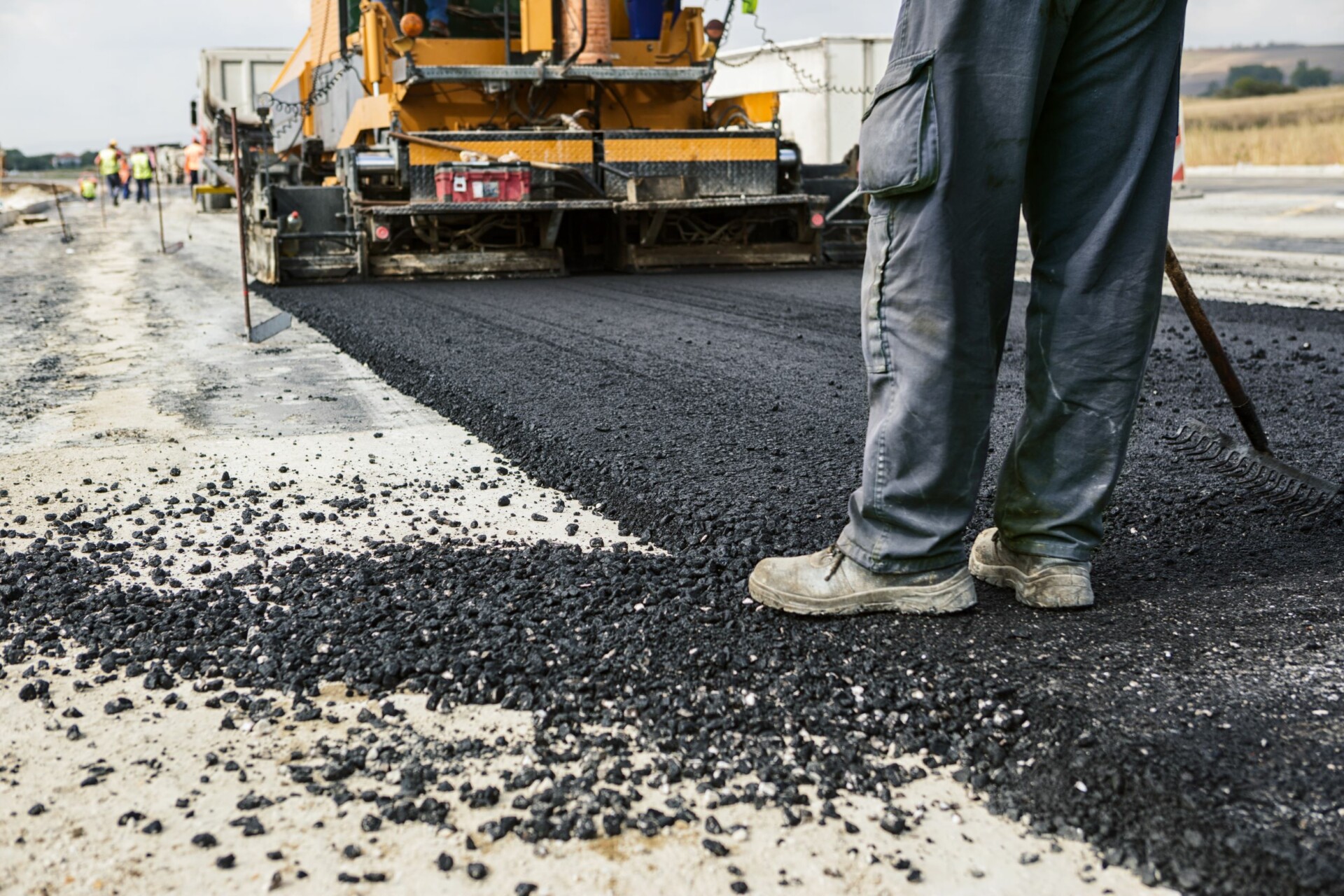The Hidden Dangers of Crushed Asphalt: What You Need to Know Before Using It
Understanding Crushed Asphalt: What is it and How is it Made?
The initial step in the manufacturing process is referred to as asphalt milling which involves the reduction of old pavement into smaller particles. This reuse of material can go toward new paving projects and in doing so can help cut waste and help preserve the environment. Unfortunately, not all sources of crushed asphalt can be good since the quality of it depends largely on the specific source and treatment processes.
It has to be pointed out that although it may be environmentally beneficial, usage or application of crushed asphalt in an incorrect manner can result in problems like poor compaction or poorly designed drainage systems. Thus, it is essential to be familiar with the many facets of crushed asphalt before using it in a paving project. Always seek the assistance of professionals that will advise you on suitable best practices for the application and maintenance of the material.
Crushed Asphalt and the Environment: Opportunities and Threats in Construction Practices
Despite strong recommendations for the use of crushed asphalt as a green option in construction, one must be cautious in its usage. Such materials, rather many people are reluctant to address their environmental issues. Primarily, this concerns the leaching of certain chemicals into the soil and water that surrounds the area. These can be of dangerous proportions to the local biodiversity and psychically harm both plants and animals.
Further, while it may be logical from a sustainability perspective to replace raw materials with reconsolidated elements such as asphalt, it may paradoxically lead to sustainability problems.
Health Risks Associated with the Use of Crushed Asphalts;
When it comes to a construction work that requires pavement, crushed asphalt can be considered appropriate and helpful but the associated health risks due to exposure to it also has to be kept in mind. One of the most problematic issues is the generation of particulates during the crushing process. This fine dust generated can become mobilised in air and has the potential of being inhaled by workers and people who live in the vicinity and nearby habitation.
Inhalation of these particulates can result in various respiratory problems, and can aggravate current health issues. Toxic substances contained within asphalts are often released to the environment as leachates, and are also emitted to air when the asphalt is disturbed. These harmful compounds in the long run can pose major health risks, with skin conditions and chronic respiratory disease being a few potential ailments.
People working with or in the vicinity of crushed asphalt are advised to take preventive measures; such as the use of protective equipment and making certain that work areas are well ventilated. By being aware of these risks and taking control of measures, one is able to avoid threats of health damages from the use of crushed asphalts.
Typical Ways of Thinking That Are Wrong About the Use of Crushed Asphalt and Issues of Its Safety ;
Even if crushed asphalt is gaining certain popularity, safety issues are always overshadowed by some myths that exist.
- For instance, it is widely assumed that crushed asphalt boundaries can contain dangerous materials as it is a waste product. This is not true as good quality crushed asphalt can be produced and meet safety requirements.
- Others think that crushed asphalt surfaces crack and there’s a risk of injuring anyone or anything over time. But no, if the crushed asphalt surface is installed and maintained properly, its surface has similar properties to gravel or concrete.
It is important that the consumers have a scientific outlook inside them in order to compare other mediums rather than unjustified fear. These myths about crushed asphalt will be removed as the real aspects of this material are going to be presented along with its many applications.
Best Practices for the Safe Use and Management of Crushed Asphalt;
While the majority of construction procedures require the use of crushed asphalt, it is important to follow proper practices in order to prevent any potential hazards to workers. First and most importantly, it is critical to place all crew members into properly protective clothing. A compulsory attire would include hard hats, gloves, safety glasses and proper shoes’ safety for construction’s sites as they minimise injuries resulting from sharp edges and heavy material’s causation.
Installation procedures should be regarded with utmost care as well. It is necessary to educate workers on how to deploy crushed asphalt in order to avoid mishaps and obtain a steady base on which future progress may be made. This necessitates a comprehension of the appropriate compaction of asphalt as well as the preparation of any support layers.
Everyone partying with these highly-specialised methods must focus on them correctly so as to avoid the negative aspects of working with crushed asphalt and provide for secure working conditions for us all.
Conclusion:
Although crushed asphalt’s application in construction is often characterised as an environmentally friendly option, there are multiple factors which make it necessary to bound the use of it and examine some environmental issues. One of the most significant problems is that the crushed asphalt used in construction, especially composition containing harmful ingredients, may release chemicals which can infiltrate water resources.
To recapitulate, there are environmental advantages associated with use of recycled materials like crushed asphalt in the construction sector, however all interested parties must be aware of safeguarding the environment against such practices. Proper standards of evaluation and practice of sourcing would therefore make construction practices not to be against sustainable goal.
Stay in touch to get more news & updates on Vyvymanga.blog/






